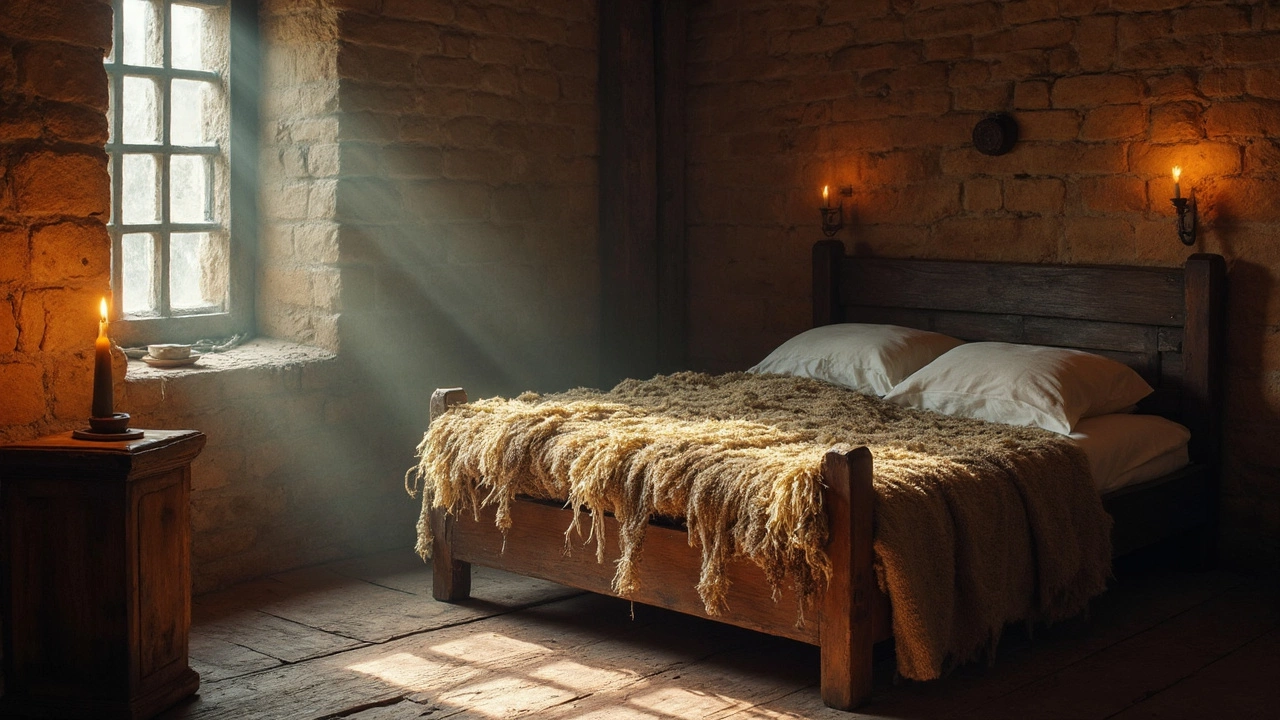Traditional Bedding: Classic Comfort Meets Eco‑Friendly Living
Did you know that the bedding styles people used a century ago are still some of the most breathable and sustainable options today? Traditional bedding isn’t just about nostalgia – it’s about simple, natural materials that keep you cool in summer, warm in winter, and gentle on the planet.
At Eco Harmony Home we love the idea of bringing these timeless pieces into modern homes. Whether you’re swapping synthetic sheets for cotton or exploring linen throws, the goal is the same: a cozy sleep space that feels right and leaves a tiny carbon footprint.
Materials & Fabrics That Define Tradition
The backbone of traditional bedding is natural fibre. Here are the most common ones:
- Cotton – soft, breathable, and easy to clean. Look for long‑staple or Egyptian cotton for extra durability.
- Linen – made from flax, linen gets softer after each wash and regulates temperature amazingly well.
- Wool – perfect for winter blankets or duvet inserts, wool wicks moisture and stays warm without overheating.
- Silk – smooth and hypoallergenic, silk adds a touch of luxury while naturally regulating body heat.
All these fibres grow without harsh chemicals, especially when sourced from organic farms. That means fewer pesticides, better soil health, and a healthier home environment for you.
How to Choose the Right Traditional Set
Start by thinking about your climate and sleep habits. If you tend to overheat, linen or percale cotton sheets will keep you cool. For chilly rooms, a flannel cotton set or a wool blanket adds that snug feel without turning the bedroom into a sauna.
Next, check the thread count. While a high number often sounds impressive, a thread count between 200‑400 for cotton and 150‑250 for linen gives a balanced feel—soft but not heavy. Anything higher can feel stiff and actually reduce breathability.
Feel the weight. Traditional bedding usually feels lighter than modern, polyester‑blended sets. Pick a weight that feels comfortable against your skin. A good rule: the sheet should drape easily over the mattress without pulling tight.
Finally, verify the certifications. Look for GOTS (Global Organic Textile Standard) or OEKO‑Tex labels. These prove the fabric meets strict environmental and safety standards.
Caring for Classic Bedding
Proper care extends the life of your traditional bedding and keeps it eco‑friendly. Wash cotton and linen in cold or warm water, not hot – hot water uses more energy and can shrink fibres. Use a mild, plant‑based detergent to avoid chemical buildup.
Linen loves a gentle tumble dry on low heat; line‑drying whenever the sun’s out saves even more energy. Wool blankets should be air‑fluffed and only machine‑washed on a wool cycle if the label says it’s safe.
Store blankets and extra sheets in breathable cotton bags rather than plastic containers. This prevents moisture buildup that can lead to mould.
Mixing Traditional with Modern Touches
You don’t have to go full vintage. Pair a classic linen sheet set with a modern, low‑VOC mattress protector for extra health benefits. Add a recycled‑fabric throw for a pop of colour without compromising sustainability.
Mix textures – a smooth cotton fitted sheet, a chunky woven wool blanket, and a light silk pillowcase – to create depth and luxury that feels lived‑in, not staged.
When you choose traditional bedding, you’re picking comfort that’s stood the test of time and a greener future for your home. Ready to upgrade your sleep? Explore our curated collection of certified organic cotton, linen, and wool pieces that bring heritage style into the 21st‑century bedroom.
-

Old Meaning of Bedding: Insights and Origins
Ever wonder what bedding used to mean? Traditionally, it wasn't just about comfort; bedding once referred to the entire sleeping setup, including pallets, straw, and more. This term has surprisingly deep roots, tracing back to times when beds were more functional than stylish. This article delves into the layers of bedding history, offering fascinating insights and practical tips related to historical bedding practices.
